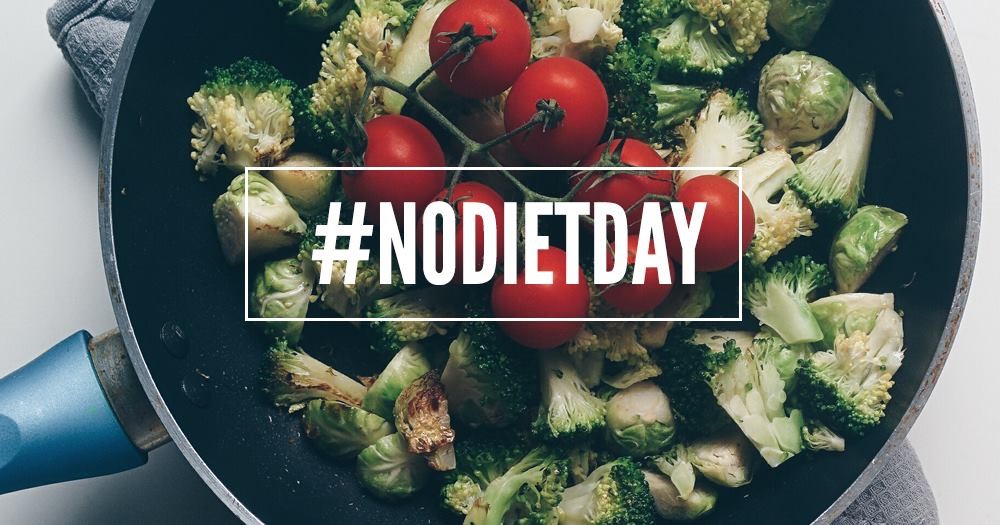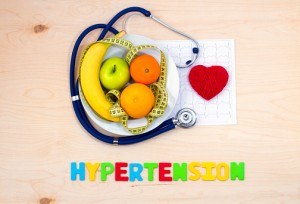Lose Weight > Common Sense To Lose Weight > Common Sense Article > Benefits of the Glycemic Index Diet
Benefits of the Glycemic Index Diet
The Glycemic Index (GI) measures the effect of foods on your blood sugar levels. Eating foods with a high glycemic index value will raise the blood sugar level a great deal more than foods with a low glycemic index value. This makes them much healthier for the body than foods with a high glycemic value.
It has been thought that complex carbohydrates like rice and potatoes were absorbed slowly, and simple and refined carbohydrates, like candies and other high-sugar foods, resulted in a sharp rise in blood sugar. However, that is not necessarily true. There are more aspects involved than relying on simple vs complex or refined vs natural.
The GI values are a measure of 1 to 100 where pure glucose has a value of 100. Many carbohydrate-rich foods have been tested and applied against the index. A value of 50 (for example) indicates that the food has an effect on blood sugar equal to half that of glucose.
The glycemic index method classifies carbohydrates according to their effect on blood-glucose instead of according to their chemical structure of either simple (Simple carbohydrates are sugars, like glucose, fructose and lactose.) carbohydrates or complex (Complex carbohydrates are starches and fiber; wholegrain breads, pasta, rice, beans, fruits, and vegetables.) carbohydrates.
ADVANTAGES OF A LOW GI DIET
All carbohydrate foods are not created the same and can behave very differently in our bodies. The glycemic index (GI) illustrates this difference by categorizing them according to their effect on our blood glucose levels.
Choosing low GI carbohydrates, the ones that produce the smallest variation in our blood glucose and insulin levels, provide many benefits for your body. Some of those benefits are:
+helps maintain weight loss
+reduces risk of diabetes and heart disease
+reduces hunger and keeps energy level balanced
+reduces blood cholesterol levels
+maintains carbohydrate levels after exercise
+increases the body's responsiveness to insulin
TIPS ON HOW TO USE A LOW GI DIET
It is simple to switch from a high GI diet to a low GI diet. There are no difficult calculations to make or paying constant attention to counting calories. You simply need to substitute your high GI food with low GI foods. For instance:
+Instead of sugar-laden breakfast cereals, eat cereals made with whole grains like oats, barley and bran. Unrefined cereals such as muesli are lower in GI that processed cereals.
+Instead of white bread, eat whole wheat and whole grain breads. Breads with lots of grains and seeds are lower in GI.
+Instead of baked beans laden with sugar and fat, eat legumes (beans like kidney, garbanzo, pinto, black beans, etc.) and legume products (hummus, lentil soup, etc.)
+Instead of white potatoes, eat new potatoes, sweet potatoes and yams.
+Instead of white rice and highly refined flour pasta, eat brown rice and whole grain or stone-ground pastas.
+Instead of using sugar or artificial sweeteners, use honey, pure maple syrup or stevia to sweeten things up.
+Instead of ice cream, whole milk, and high fat cheese, use unsweetened yogurt, unsweetened milk, and soy beverages.
+Avoid snacks and desserts made with refined flour products.
+Avoid cakes, pies, candies, and soft drinks, including sweetened fruit drinks.
+Eat 5 servings of fruit and vegetables every day. (Eat foods in their natural form whenever possible. Stone fruit like peaches, nectarines, apples, and citrus are lower in GI than tropical fruits such as bananas, melons, pineapple, etc.)
+Drink lots of water to keep your organs well hydrated.
Remember, it is not necessary to completely avoid high GI foods. However, they should be reduced as much as possible.
A GI diet and eating plan provides an excellent nutritional choice for people who want to lose weight. By eating a diet composed of carbohydrate-rich foods with a low GI-value and avoiding refined carbohydrates, a GI diet provides the best possible combination of better blood-glucose control and a highly nutritious eating plan. Because of the health advantages of a low GI diet plan, it has surpassed the low-carb diet as the most popular weight loss plan.
If you are trying to lose weight, do not rush things. Make your changes slowly over a period of months. In this way, the changes will seem more natural and your body will be better able to deal with them. The more comfortable the changes in your diet are, the more likely you will be to follow them permanently.
Make sure you add a moderate amount of daily exercise to your routine, if possible. The combination of a nutritious diet and some form of physical activity every day will help your body burn fat faster and promote weight loss.
Related Articles
-
The Joy of Dieting: Eight Ways Your Diet Can Be a Gift You Give to Yourself
The choices you make that benefit your health can also greatly bene
-
Dealing With Your Chronic Back Pain
Experiencing chronic back pain due to inflammation may often re
-
Are These 5 Mistakes Preventing You From Getting In Shape?
-
Your Runs Are Sabotaging Your Weight Loss. Heres What To Do Instead
-
How Self Hypnosis Can Help You Lose Weight Easily
The conventional thinking about losing weight healthily is to eat corr
-
Top 5 Weight Loss Laxatives
Laxatives were initially popular for curing constipation. Nowadays,
- DON'T MISS
- Three Natural Ways to Reduce Body Fat
- Permanent Weight Loss and the Lap band
- A stable weight may reduce fracture risk
- Stay Motivated With Your Fat Loss Programme with these 7 Tips
- Diet Advice About Carbs Fat And Protein
- WHAT SHOULD I EAT TO LOSE WEIGHT?
- Early Warning Signs Of Global Warming
- Obesity linked to hearing loss risk in women and adolescents
- Quick Weight Loss Mindset Tips
- How Dieting Makes People Obese




